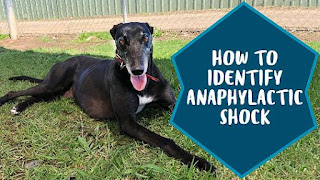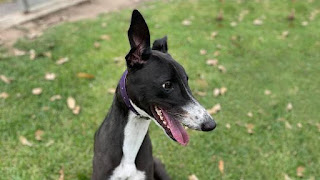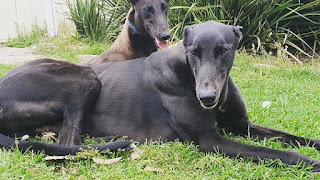It’s Chilling Cold! Take Preventive Measures as a Greyhound Is Re-Homed From the Adoption Centre
Few individuals with osteoarthritis (OA) claim they can foresee the onset of cold climate through their joint pains. “Winter is arriving, and I can feel it in my knee,” older people often joke. However, have you given it a thought that if chilly weather can affect humans, it can affect animals too? If cold climate makes human joints feel hardened and throbbing, there is a pretty significant chance it will deliver the same impact on your dog. So it is essential to take preventive measures while a greyhound is re-homed to avoid injury.
While research is uncertain why this happens, there are a few speculations. In osteoarthritic joints, the cartilage encircling the exterior of the bones is harmed or worn out, uncovering delicate nerves underneath. It is conceivable that changes in barometric weight may vex the nerves, causing extra pain. The synovial liquid in the joint is relatively thicker than water. Therefore the cold climate may increase the consistency of the liquid, making the joint feel rigid. Lower temperatures make the muscles less adaptable. And indeed, individuals may prefer being indoors more during this season, so a hound with joint pain may not get the customary strolls and exercise required to keep up its versatility. So, what should a hound owner do?
1. Keep track of their weight
If your canine is carrying additional pounds, that weight is causing an extra stretch on the joints. Therefore, keeping your puppy on a proper diet can offer assistance while diminishing pain.
2. Include low impact exercises
Walking is imperative to control weight, and “motion is lotion,” which means it makes a difference in keeping the muscles, tendons, and joints in excellent working shape.
3. Consult a veterinarian for severe cases
As greyhounds are adopted, you will have to take utmost care of them. Some pups get a great advantage from non-steroidal anti-inflammatory drugs (NSAIDs), making them feel better during their pain while helping them move swiftly. Nevertheless, use such medication only after consulting a vet.
4. Make the sleeping area cosy and comfortable
When greyhounds are re-homed, the primary thing owners arrange is a place to stay, snuggle and sleep. While doing so, include an additional cover to the dog bed for more warmth to assist the throbbing bones. However, do not use electric blankets, as they might burn the skin of your hound.
5. Add a cover to their body
Winter evenings are chilly, and as hounds have less hair on their body, they might catch a cold. To avoid such situations, make or buy a warm sweater while helping them wear it even indoors.
6. Include physical therapies
Hounds with progressed joint pain may aid from treatments such as warm, submerged treadmills. In addition, numerous specialists can give massage and suggest other motion exercises.
7. Use warm compresses
Before working out, apply warm compresses to the joints to extricate the tight muscles. Regardless of the warmth, it will be better to self-check before using it on the hounds. After work out, apply ice to the affected joints to offer a soothing feeling by diminishing swelling and inflammation.




Comments
Post a Comment